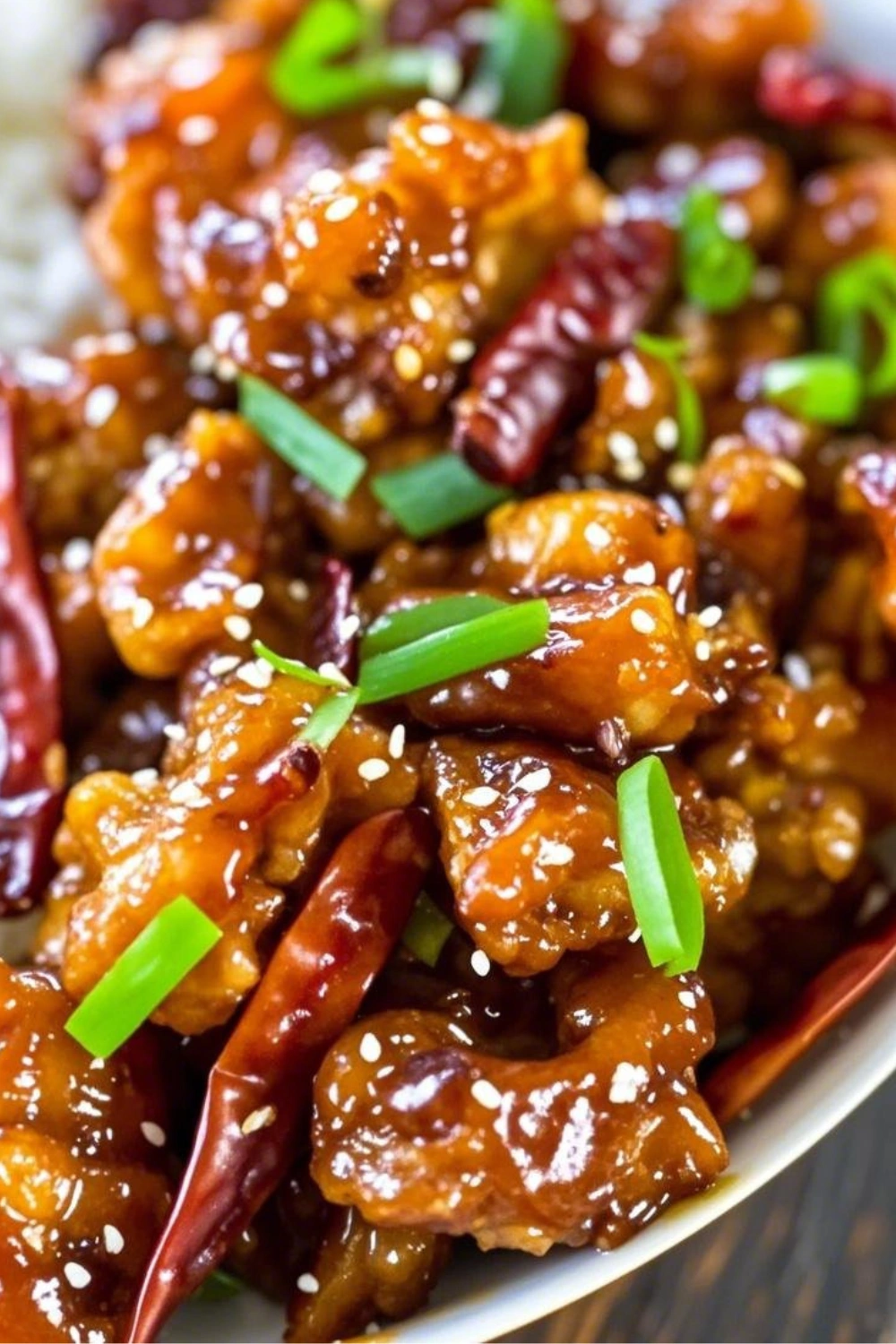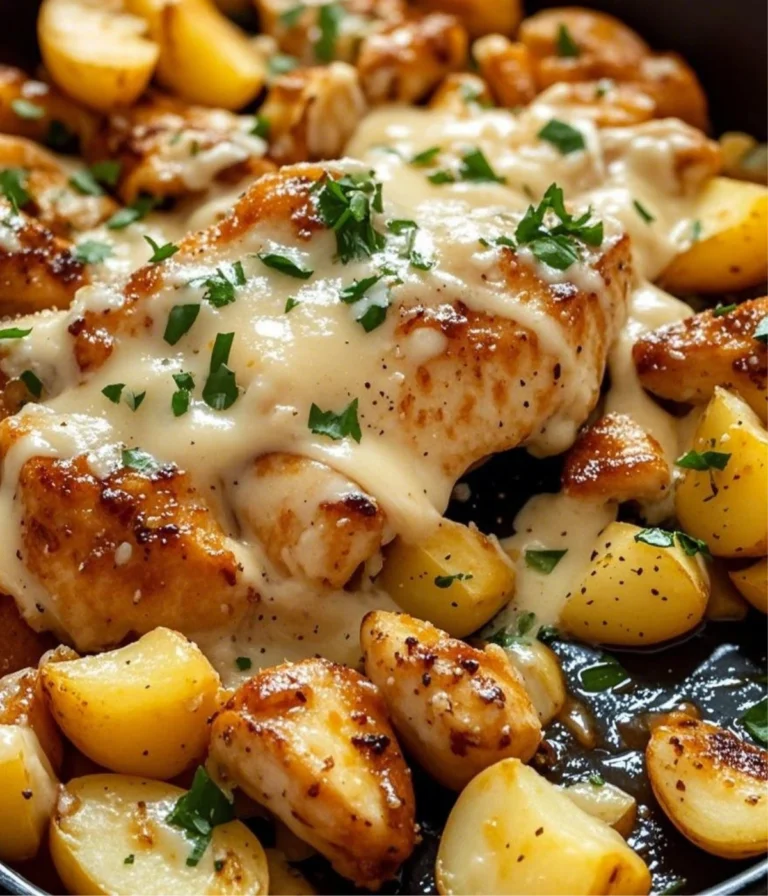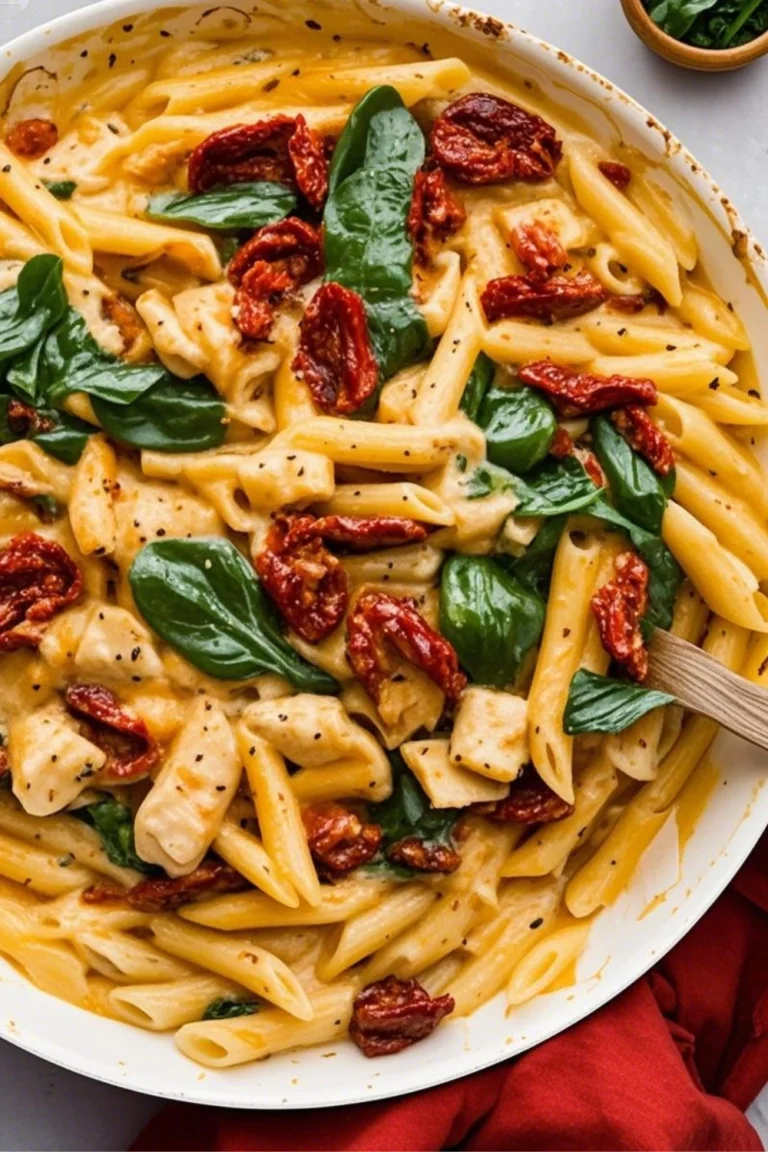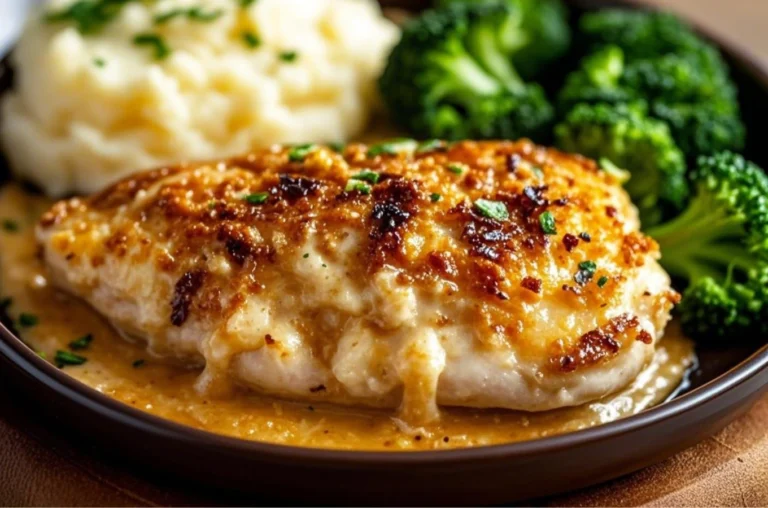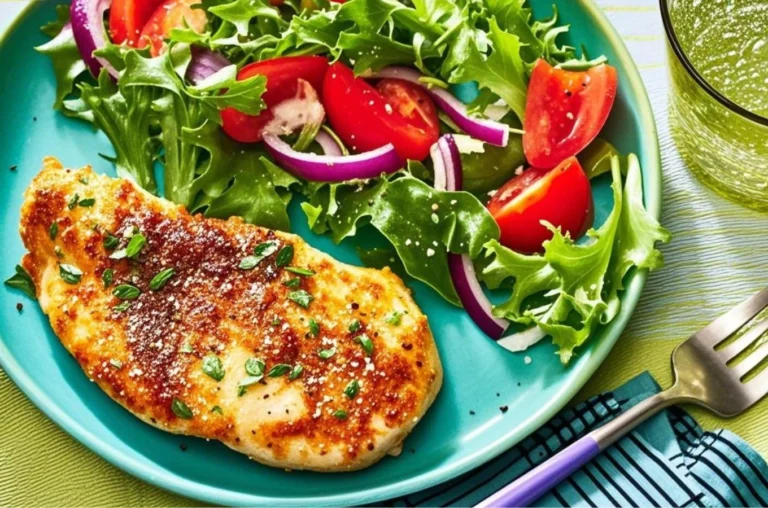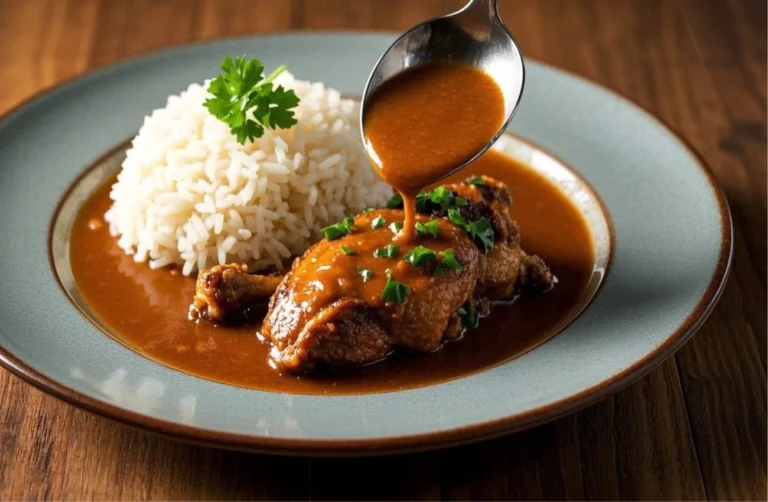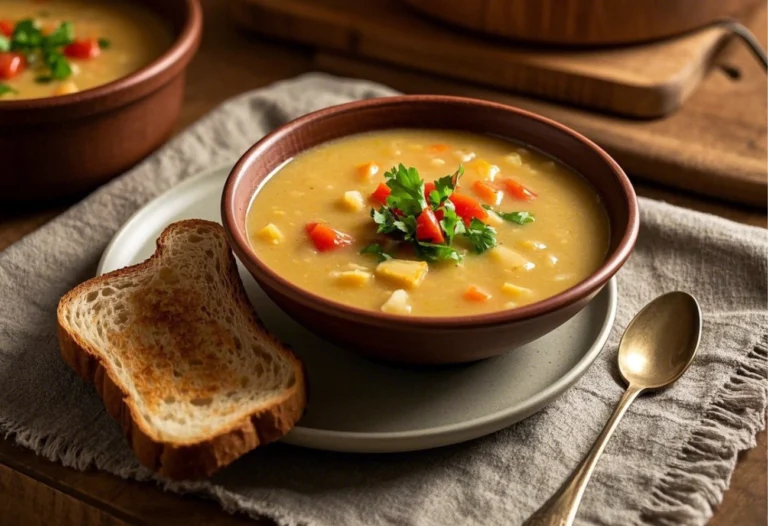Sweet and Spicy Chicken: 5 Secrets to Perfectly Balanced Flavor
Table of Contents
The dance between sweetness and heat is a culinary art form that many aspire to master but few truly perfect. I still remember my grandmother’s kitchen, filled with the intoxicating aroma of caramelized sugar and chili peppers as she prepared her famous sweet and spicy chicken—a dish that would later become my family’s most requested meal for celebrations and comfort alike. The perfect balance wasn’t just about taste; it was about creating moments of pure joy around the dinner table. Today, I’m sharing the five secrets that transformed my own sweet and spicy chicken from simply good to absolutely unforgettable.
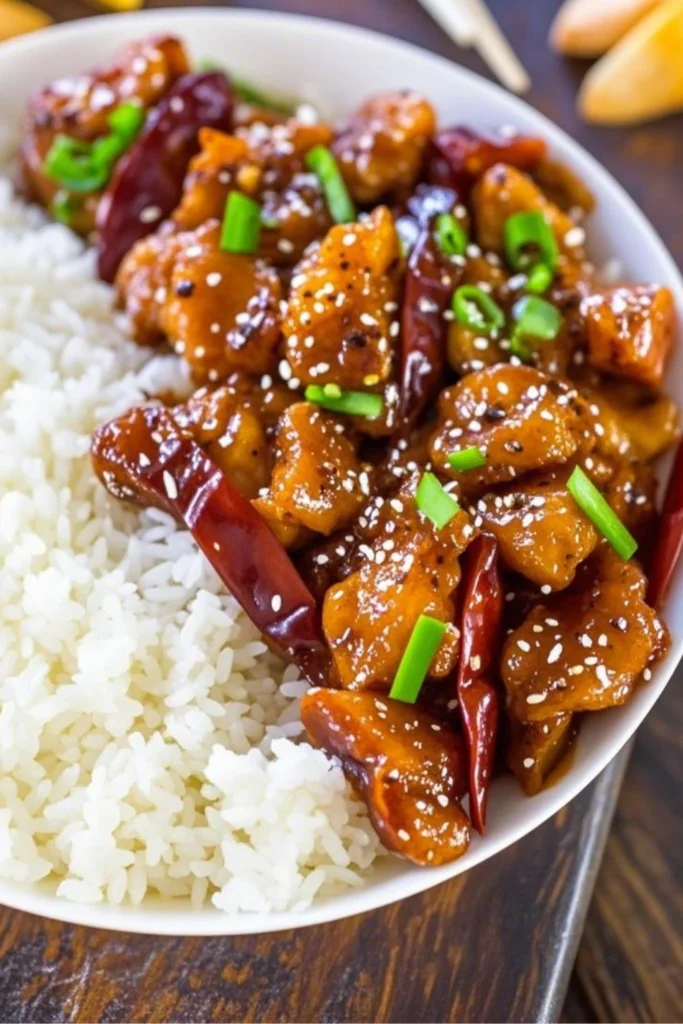
The Science Behind Sweet and Spicy Flavor Combinations
Your brain craves contrasting sensations—it’s hardwired into your taste perception. When you bite into perfectly balanced sweet and spicy chicken, your taste receptors fire in fascinating ways. The sweetness activates pleasure centers while the capsaicin from peppers triggers mild pain receptors, creating an endorphin release that keeps you coming back for more.
This flavor combination isn’t just delicious—it’s a sensory experience found in cuisines worldwide. From Korean gochujang-glazed chicken to Mexican honey-chipotle preparations, cultures across continents have discovered that merging sweetness with heat creates depth that neither component achieves alone.
Secret #1: Selecting the Right Chicken Cuts for Sweet and Spicy Recipes
Your choice of chicken cut fundamentally shapes your dish’s outcome. While breast meat offers leanness, thighs emerge as the undisputed champion for sweet and spicy chicken preparations. Their natural fat content acts as a flavor carrier, helping both sweetness and heat penetrate deeper while maintaining moisture during cooking.
Consider these factors when selecting your cuts:
- Uniform thickness ensures even cooking and consistent flavor distribution
- Bone-in pieces develop richer flavors but require longer cooking times
- Skin-on options create delectable crispy texture contrasts but may need fat-rendering techniques
Butchering Tips for Maximum Flavor Retention
Trim excess fat but leave some intact—it transforms into flavor gold during cooking. When working with breast meat, consider lightly pounding to uniform thickness or cutting into bite-sized chunks to maximize marinade contact. For skin-on preparations, pat thoroughly dry before cooking to achieve that coveted crispness that contrasts beautifully with sticky-sweet glazes.
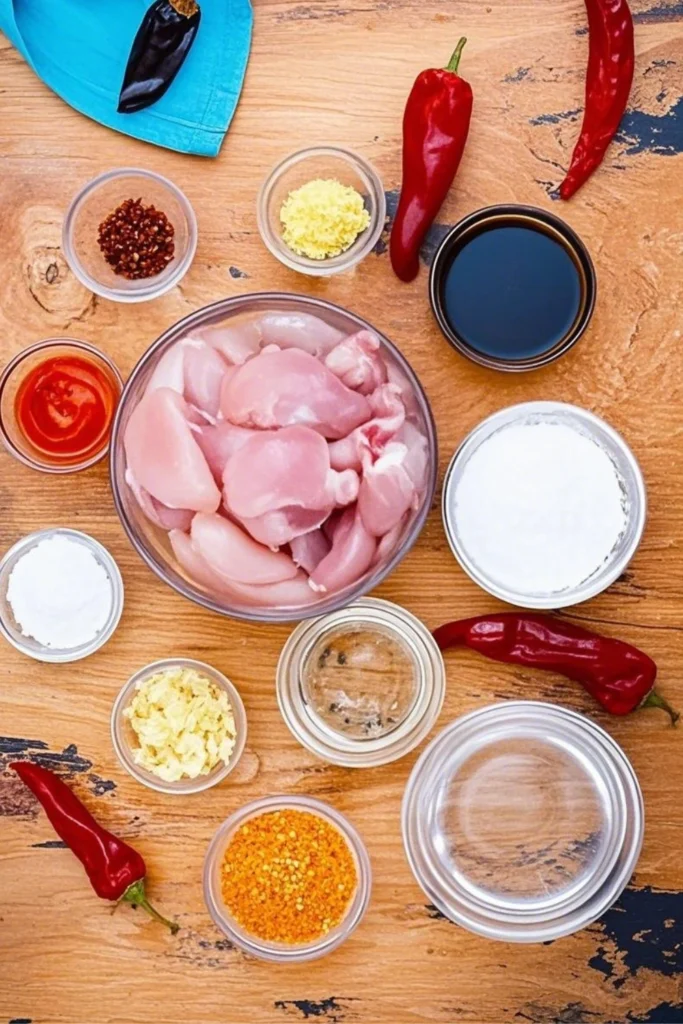
Secret #2: The Perfect Sweet Components for Balanced Chicken Dishes
Your sweet element choice dramatically impacts your dish’s personality. Natural sweeteners introduce nuanced flavors missing from refined options. Consider these strategic pairings:
Sweetener Comparison Table
| Sweetener | Flavor Profile | Best Paired With | Heat Tolerance |
|---|---|---|---|
| Honey | Floral, rich | Sriracha, chipotle | Medium |
| Brown Sugar | Molasses, caramel | Cayenne, red pepper flakes | High |
| Maple Syrup | Woody, vanilla notes | Gochujang, ancho chili | Low-Medium |
| Coconut Sugar | Earthy, less sweet | Thai bird chilies, habanero | Medium-High |
| Agave | Neutral, clean | Jalapeño, serrano | Medium |
Surprising sweet ingredients like pineapple juice or apple butter introduce complexity beyond basic sweeteners. The enzymatic properties of fresh fruit components tenderize chicken while their natural sugars caramelize beautifully during cooking.
Secret #3: Heat Sources That Complement Chicken’s Natural Flavor
Layering heat creates dimension that single-note spiciness lacks. Your sweet and spicy chicken transforms from ordinary to extraordinary when you incorporate multiple heat sources throughout preparation.
Fresh chilies deliver bright, vegetable heat while dried varieties offer concentrated, deeper warmth. Asian preparations often combine ginger’s aromatic heat with chili paste complexity, while Latin American traditions might merge smoky dried chilies with vibrant fresh ones.
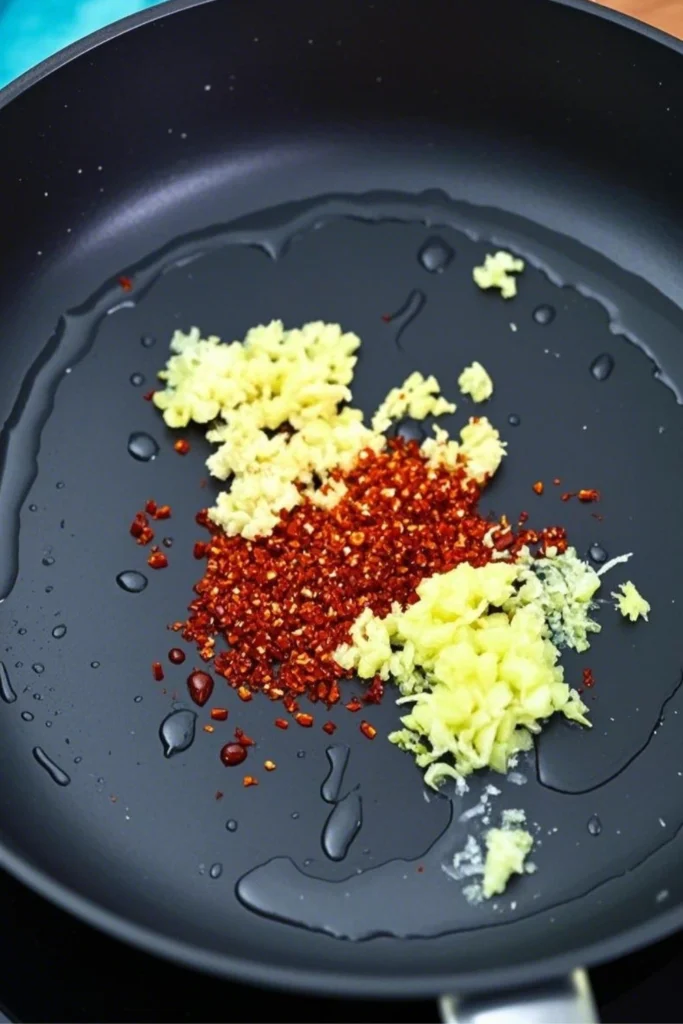
Building a Heat Ladder in Sweet and Spicy Chicken Recipes
Consider your heat application in stages:
- Begin with chili-infused marinades that penetrate deeply
- Add layered warmth through cooking processes like toasting spices
- Finish with precisely balanced glazes offering immediate sensory impact
This approach creates heat complexity impossible to achieve through single-application methods. When unexpected guests prefer milder preparations, simply reduce finishing heat elements while maintaining base warmth.
Secret #4: Marination Timing and Techniques for Sweet and Spicy Chicken
Marination isn’t merely soaking—it’s transformative chemistry. Your sweet and spicy chicken‘s character develops dramatically during this crucial phase. The sweet components begin breaking down muscle fibers while salt restructures proteins to better hold moisture.
Thighs benefit from 4-8 hours of marination, while breasts reach optimal results in 2-4 hours. Beyond this window, texture may deteriorate as acids break down proteins excessively. For convenience without compromise, prepare marinades ahead, but introduce chicken at the optimal window before cooking.
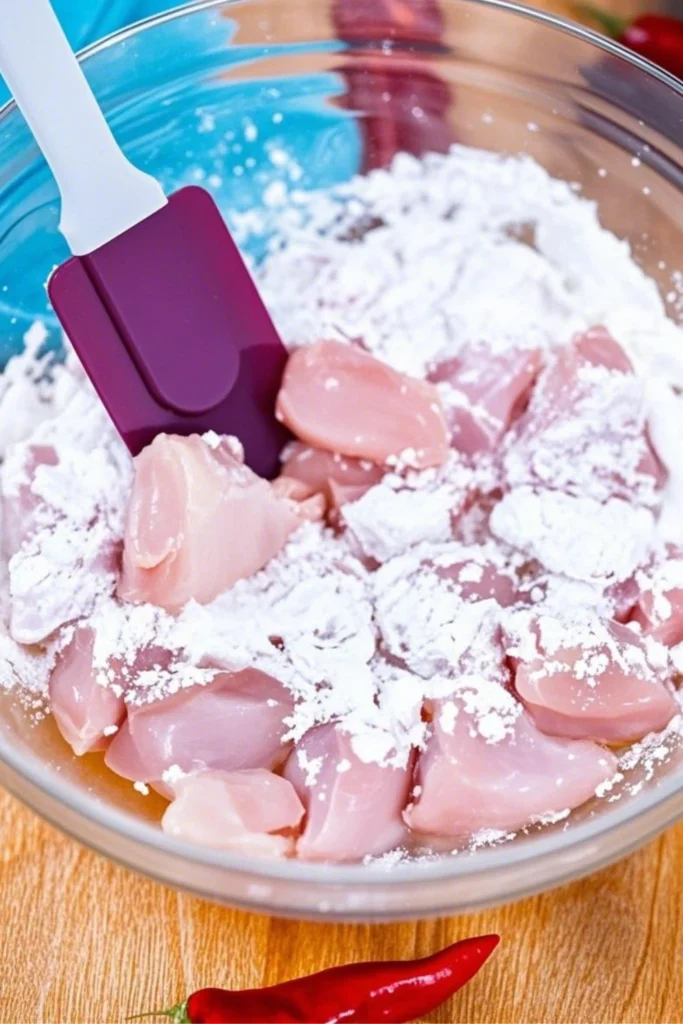
Essential Sweet and Spicy Chicken Marinade Formula
Base Marinade Recipe
| Ingredient Category | Purpose | Recommended Amount |
|---|---|---|
| Acid (vinegar, citrus) | Tenderizing | 2-3 tablespoons per pound |
| Sweet element | Flavor/caramelization | 1-2 tablespoons per pound |
| Spicy element | Heat/depth | 1-3 teaspoons per pound |
| Oil | Moisture/flavor carrier | 1-2 tablespoons per pound |
| Aromatics | Complexity | 1-2 tablespoons per pound |
| Salt | Flavor enhancement | 1 teaspoon per pound |
Secret #5: Cooking Techniques That Lock In Sweet and Spicy Flavors
Temperature management represents the defining difference between amateur and expert sweet and spicy chicken preparations. Your sugars caramelize at approximately 320°F but burn rapidly above 350°F. This narrow window demands vigilance.
The most successful approach combines two cooking methods: initial searing to develop color followed by gentler heat to reach safe internal temperatures without burning exterior sweetness. Consider these techniques:
- Start skin-side down in moderately hot pans to render fat
- Transfer to 375°F ovens to continue cooking evenly
- Apply final glazes during last minutes of cooking
- Allow 5-minute rest periods for flavor redistribution
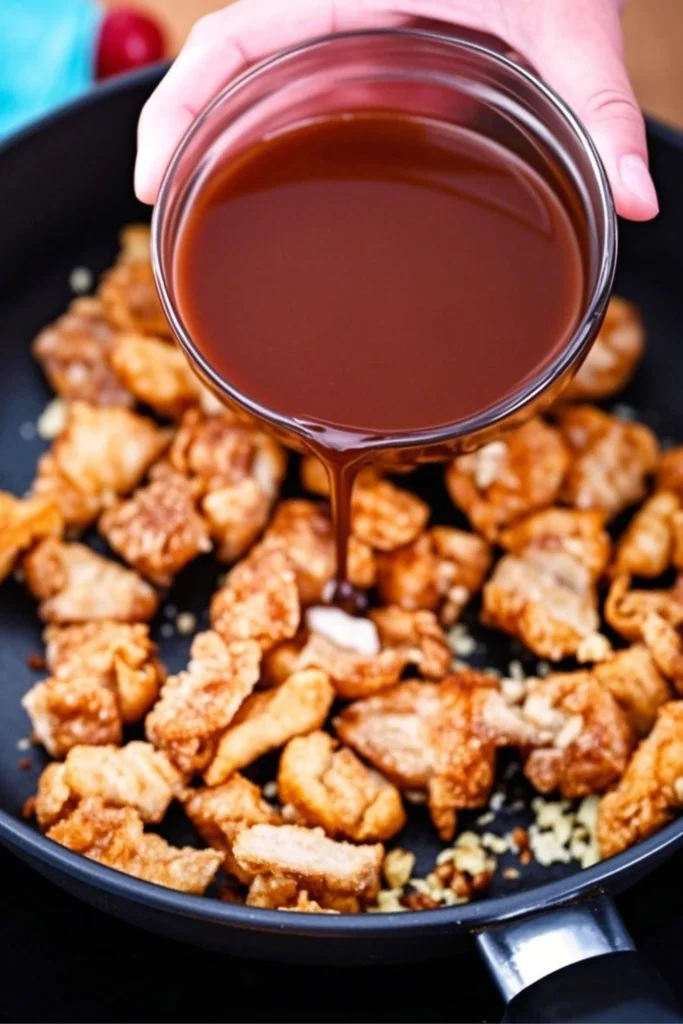
Sweet and Spicy Chicken Signature Recipe
Ingredients
| For the Chicken | For the Marinade | For the Glaze |
|---|---|---|
| 2 lbs chicken thighs | ¼ cup soy sauce | ⅓ cup honey |
| 1 tbsp olive oil | 3 tbsp brown sugar | 2 tbsp sriracha |
| Salt and pepper | 2 tbsp rice vinegar | 1 tbsp lime juice |
| 3 cloves minced garlic | 1 tsp ginger paste | |
| 1 tbsp gochujang | Chopped cilantro for garnish |
Method
- Whisk marinade ingredients until sugar dissolves completely
- Toss chicken in marinade, refrigerate 4-6 hours (not overnight)
- Remove chicken from refrigerator 30 minutes before cooking
- Preheat oven to 375°F while heating oven-safe skillet
- Sear chicken skin-side down until golden (about 4-5 minutes)
- Flip and transfer to oven for 15-20 minutes until internal temperature reaches 165°F
- Meanwhile, simmer glaze ingredients until reduced by one-third
- Brush glaze generously over chicken during final 5 minutes of cooking
- Rest 5 minutes before serving, garnish with fresh cilantro
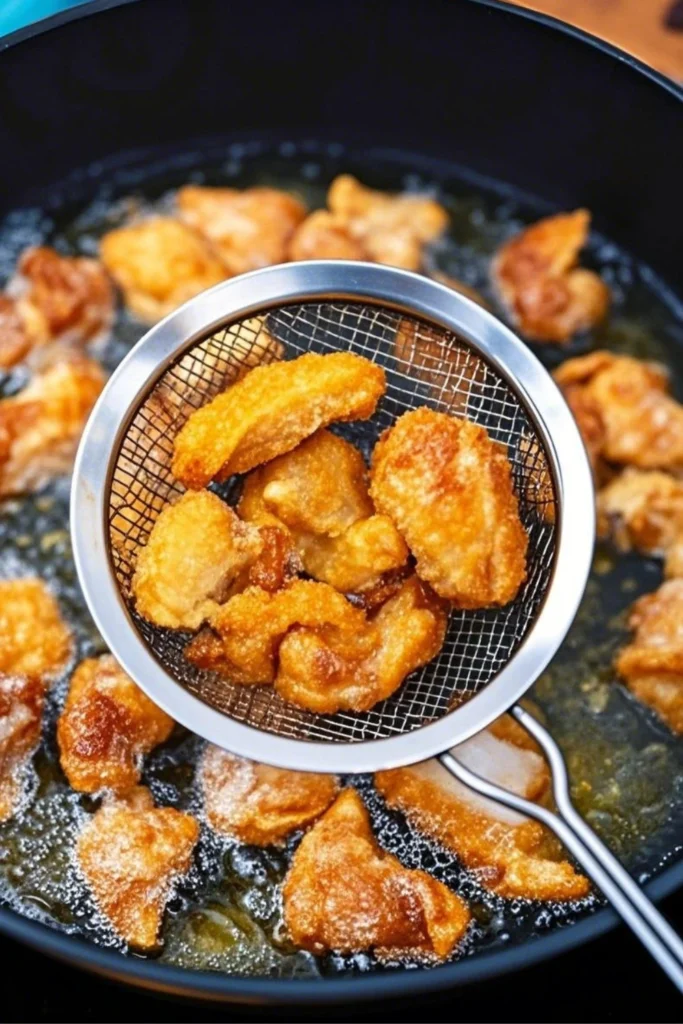
Balancing Sweet and Spicy Flavors: Troubleshooting Common Issues
When your sweet and spicy chicken veers too far in either direction, simple fixes exist. Excessive sweetness mellows with acid additions—try rice vinegar or fresh lime juice. Overwhelming heat tempers with additional sweetener, coconut milk, or even butter to smooth capsaicin’s burn.
Your tasting technique matters tremendously—sample during cooking, but remember that flavors intensify as sauces reduce. For novice palates, consider serving additional sauce components separately for customized heat adjustments.
Common Sweet and Spicy Chicken Mistakes to Avoid
- Combining all heat elements at once rather than building strategic layers
- Using high cooking temperatures that burn sugars before chicken cooks through
- Applying glazes too early, causing them to scorch
- Skipping the crucial resting period where flavors rebalance
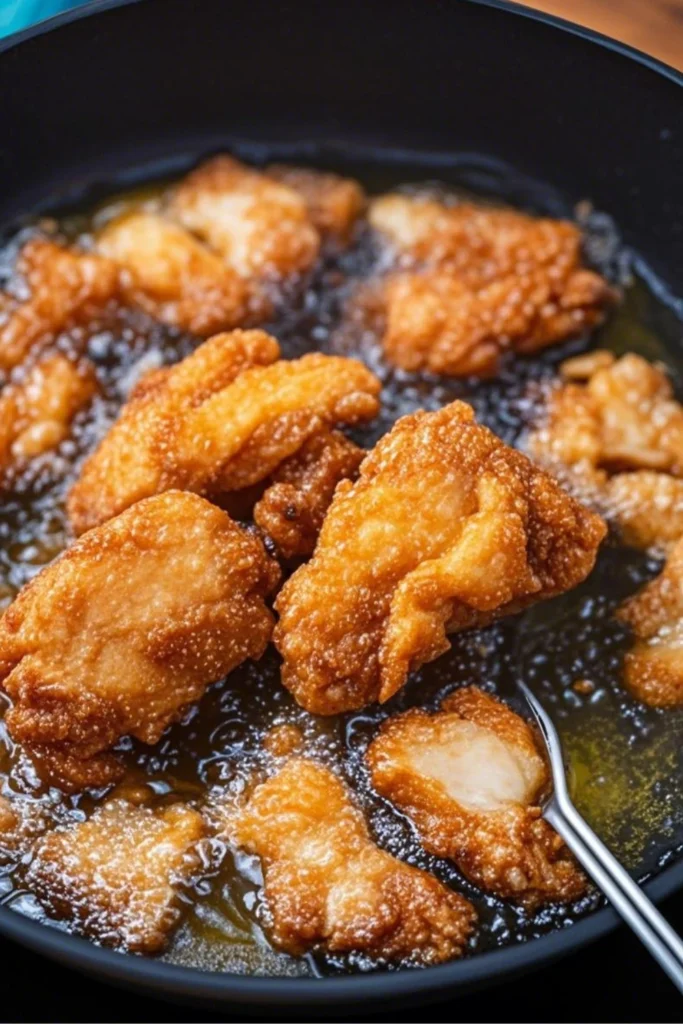
Conclusion
The journey to mastering sweet and spicy chicken extends beyond following recipes—it’s about understanding the delicate balance between contrasting flavors and how they transform a simple protein into something extraordinary. By applying these five secrets, you’ll elevate your cooking from merely following instructions to creating memorable culinary experiences.
As you experiment with different sweeteners, heat sources, and techniques, you’ll develop your own signature style that friends and family will recognize as uniquely yours. So heat up that pan, gather your ingredients, and embrace the beautiful contradiction that is sweet and spicy chicken—your taste buds will thank you for it.
Ready to transform your next gathering with unforgettable flavor? Try these sweet and spicy chicken techniques this weekend and share your results with us in the comments below. We’d love to hear which flavor combinations became your family’s new favorite!
FAQ About Sweet and Spicy Chicken
What’s the best cut of chicken to use for sweet and spicy chicken recipes?
While preferences vary, boneless chicken thighs often yield the most flavorful sweet and spicy chicken dishes due to their higher fat content, which helps carry both the sweet and spicy flavor components while remaining tender during cooking.
How can I make my sweet and spicy chicken healthier without sacrificing flavor?
Replace refined sugars with natural sweeteners like honey or maple syrup, use skinless chicken breast, and boost flavor with aromatic spices rather than additional oil. Adding fruit-based elements like pineapple or mango can also provide sweetness with fewer calories.
Why does my sweet and spicy chicken always burn before it’s fully cooked?
Sweet and spicy chicken often burns because the sugar in marinades caramelizes too quickly. Try using a two-stage cooking method: lower heat for initial cooking, then finish with higher heat or broiling for the final glaze application.
Can sweet and spicy chicken be prepared in advance for parties?
Absolutely! Sweet and spicy chicken actually benefits from being marinated ahead of time. You can prepare it up to the point of cooking, refrigerate, and then finish cooking just before serving, or cook completely and gently reheat with a fresh application of glaze.
What are the best sides to serve with sweet and spicy chicken?
Balance is key—consider cooling cucumber salads, coconut rice, or lime-dressed slaws that complement the sweet and spicy chicken flavors rather than competing with them.

